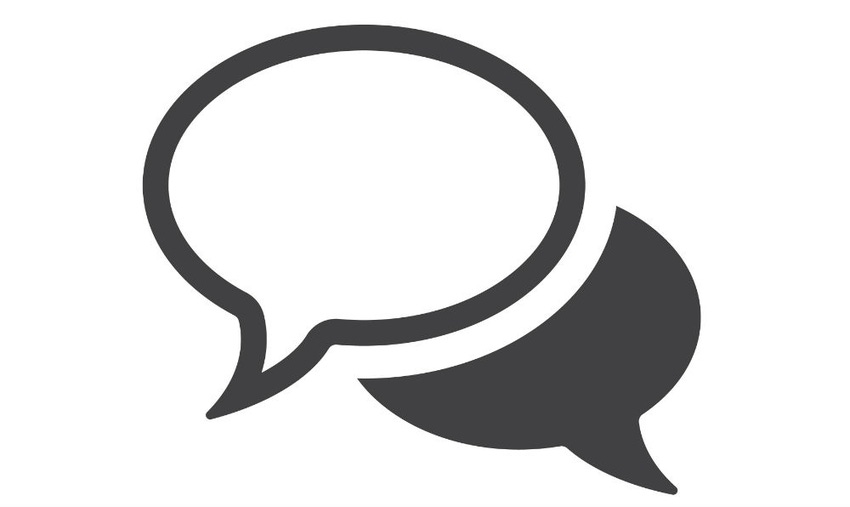Slack looks to narrow the gap with Microsoft Teams in the chat messaging war.
April 26, 2019

It was a busy week for chat messaging platform provider Slack, which signaled that it has no intention of ceding the market it helped expand, even though more organizations now have subscriptions to Microsoft Teams.
Slack on Friday filed to sell shares on the New York Stock Exchange in the coming weeks, just one day after holding its Frontiers customer and partner conference in San Francisco to reveal new enterprise-grade management and security features. The company had filed a confidential draft statement back in February.
In its now-public S-1 registration filing with the U.S. Securities and Exchange Commission, Slack reported that 10 million people use Slack among more than 600,000 organizations, though the vast majority use the free version with only 88,000 paying for subscription, up from 59,000 last year. Less than 1 percent of its customers, a total of 575, provide more than $100,000 in annual recurring revenue, which accounts for a considerable 40% of last year’s overall business last year.
Slack’s filing also revealed revenue of more than $400 million for its fiscal year-ended January 31, 80% higher than the prior year. While the company’s losses were $138 million, it’s an improvement over last year’s loss of $140 million, covering just over half the revenue of $220 million.
Experts expect Microsoft Teams to continue to grow and outpace Slack. While Slack is very popular among engineers, technical users and among many younger workers, Microsoft has the leverage that it’s part of Office 365. Microsoft’s army of channel partners that offer integration and managed services for Office and Teams is also an advantage, an area Slack to date largely hasn’t addressed. Customers can buy Slack directly, and the company to date has steered its market expansion efforts toward providing an open platform with strategic ISV partners.
New Features
At its Frontiers conference this week, Slack outlined a number of improvements that aim to narrow the gap with Teams. On the security front, Slack announced its recently released Enterprise Key Management, which provides visibility and control of data by allowing users to bring their own encryption keys; expanded HIPAA support and plans to offer native mobile security controls, including multifactor authentication and data loss prevention capabilities to prevent data exfiltration.
Slack also previewed new features to its platform including the planned Workflow Builder tool set for release later this year, designed to simplify the automation of repetitive processes. The company also showcased improved email integration, including new Office 365 support. Users can now connect to their Outlook Calendar apps to receive and respond to invites, update their Slack statuses and join video calls. It also lets users send emails to Slack “channels” or direct messages with the ability to include attachments. And OneDrive users can share and preview files from Slack and find OneDrive files in Slack search results.
Nevertheless, Slack still has to march forward in the headwinds of Microsoft Teams. Since its release two years ago, Microsoft Teams has surged in usage past Slack, according to various reports, including a recent Spiceworks survey that showed 21% now use Teams versus 15% who use Slack. Moreover, 44% use Microsoft’s Skype for Business, which the company is migrating to Teams. Microsoft, which includes Teams with all non-consumer subscriptions of Office 365, claims 420,000 organizations use the chat messaging tool, with more 150 enterprises that have more than 10,000 employees using it.
Christian Buckley, an Office 365 MVP and expert in Microsoft Teams, and founder and CEO of research firm CollabTalk, said he uses both Teams and Slack, but sees the Microsoft offering as …
… the superior messaging platform.
“Slack is a great SMB solution for organizations that are not yet thinking deeply about enterprise information management, in which video plays an increasingly important role,” Buckley said.
The security improvements were necessary, he added.
“I don’t look at their security announcements as a leg up, but as catch up to where they needed to be,” Buckley said.
A Different Partner Model
While Slack considers itself a partner-focused company, it has a different approach than Microsoft. Slack’s key partners are ISVs across various categories such as bots, analytics, customer support, health, HR, marketing, finance, productivity, project management, sales, security, voice and video, among others. Key partners include Atlassian, Box, Google, Oracle SAP, Salesforce, ServiceNow, Salesforce, Workday and Zendesk.
Brad Armstrong, Slack’s head of corporate and business development told attendees at the Frontier conference that there are 1,500 apps in its directory; 94% of teams use selected apps and each week 450,000 apps in aggregate are used. Most recently, Oracle announced a series of Slack integrations with its customer experience apps. Slack also announced a new portfolio of Salesforce apps and its Workday apps, set for release this fall, are in private beta.

Slack’s Brad Armstrong
“Every product integration is a partnership,” Armstrong said. “And every partnership is at its core, a collaboration between two companies, we run all of our partnerships on Slack. We’re committed to growing this ecosystem so that our customers continue to have choice in all the apps they use at Slack.”
Slack announced its latest partnership with conferencing provider Zoom. Since adding Zoom integration into Slack last year, 10,000 Zoom teams now use it, according to Armstrong.
“We’re doubling down on the integration and we’re going deeper with a true partnership,” he said. Users can now launch a Zoom meeting from a Slack notification.
The two companies are now building the ability to preview a meeting before it starts with the ability to receive real-time updates during a meeting. Also planned in the coming months is integration with Zoom Phone, allowing users to make a call from their Slack user profiles over cellular or Wi-Fi networks.

Slack CEO Stewart Butterfield (left) and Zoom CEO Eric Yuan.
On the heels of its IPO last week, Zoom CEO Eric Yuan joined Slack CEO Stewart Butterfield on stage Thursday. Discussing various use cases, they see the Zoom Phone integration as a compelling feature.
“That threshold of convenience really makes an experiential difference,” Butterfield said.
“Partnering with Zoom is the smartest thing they’ve done as of late as video takes over, and the need to meet now, via one-to-one, one-to-many, or many-to-many via video is where comms are going,” CollabTalk’s Buckley said. “But even with a stellar relationship with Zoom, they’re still playing catch-up with what Teams has going for it: the dominant SharePoint and Exchange workloads on the back end with their extensive auditing, compliance, security and governance capabilities.”
Read more about:
AgentsAbout the Author(s)
You May Also Like


